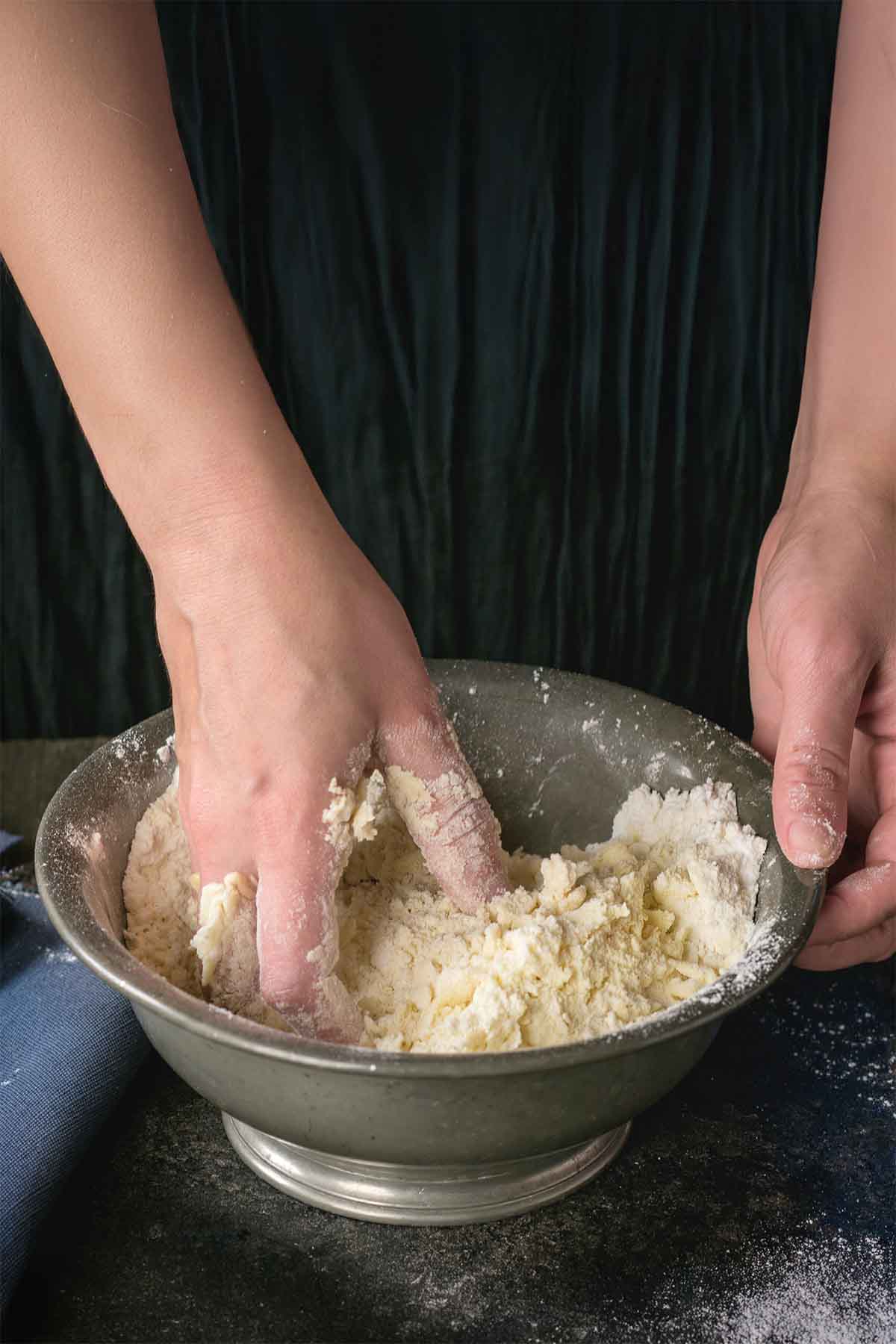
This pie crust is revolutionary. It’s a press-in crust, with no rolling or chilling required. Plus, it’s buttery and flaky, and so easy to prepare it just may give you the courage to go forth and make a pie on a whim. You can use either granulated or light brown sugar. Both are equally delicious here.
Dried beans or pie weights can be reused time and time again. Mason jars are a great way to store them.–Cheryl Day and Griffith Day
Jump To
Tasting Is Believing
Close your eyes and take a nibble of this no-knead, no-roll-out pie crust and you may just mistake it for a shortbread cookie. Is that such a terrible thing? The recipe does make you work, though, seeing as you need to decide whether to use granulated or brown sugar. We tend to reach for the former with traditional fruit fillings, the latter for spiced nut or custard fillings.

Why This Recipe Works
This recipe ingeniously combines simple ingredients and techniques to achieve a delicious, flaky pie crust.
Melted butter replaces the traditional shortening or cold butter, creating a tender and crumbly dough that’s easy to press into the pie plate. Skipping the a tour of the fridge saves oodles of time.
The combination of flour, sugar, and salt provides the perfect balance of structure and flavor, ensuring a golden brown and flavorful crust every time. Whether you choose granulated or brown sugar, this recipe delivers a foolproof pie crust that’s both convenient and incredibly tasty.
Helpful Tips
- When mixing the dough, aim for a moist and crumbly texture. It should hold together when pressed but not be overly wet or sticky.
- Pressing the dough evenly into the bottom and up the sides of the pie plate creates a uniform crust.
Make Ahead & Storage
You can definitely make this dough head of time. After mixing, form it into a disc, wrap it tightly in plastic wrap, and refrigerate for up to 3 days. Or, freeze it for up to 2 months–simply thaw it in the fridge before using.
Write a review
If you make this recipe, or any dish on LC, consider leaving a review, a star rating, and your best photo in the comments below. I love hearing from you.–David
Want to save this?
More Excellent Pie Crusts
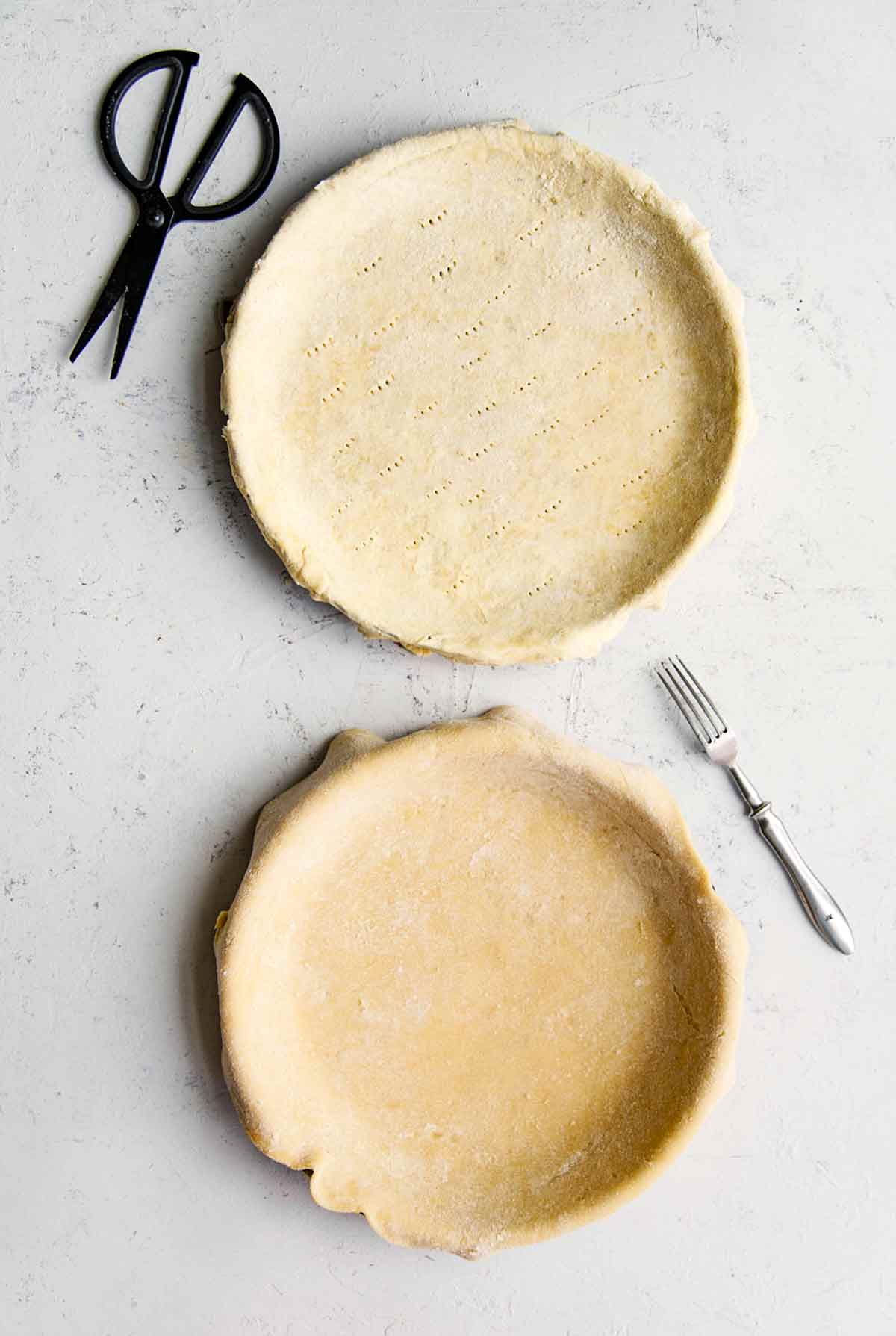
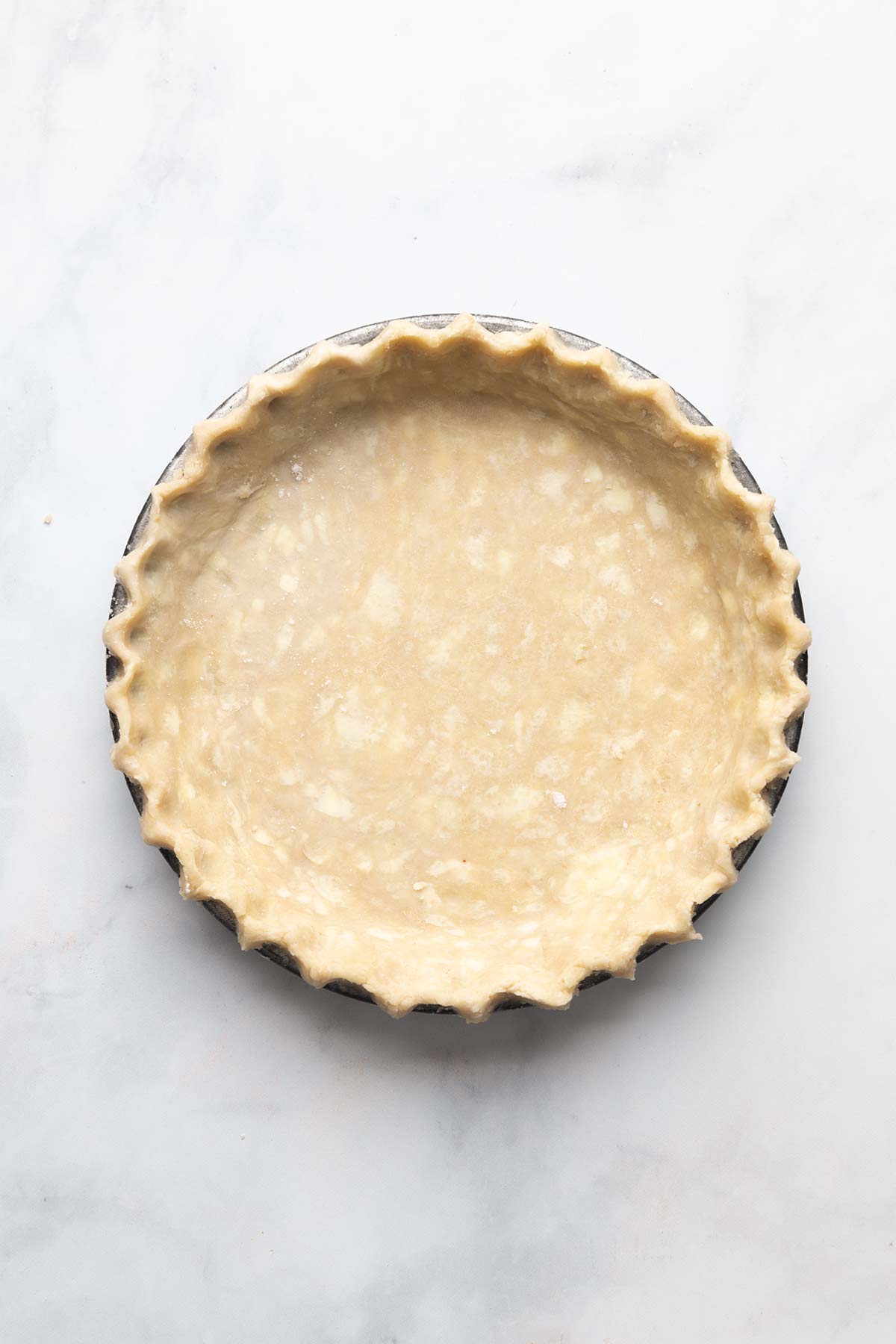
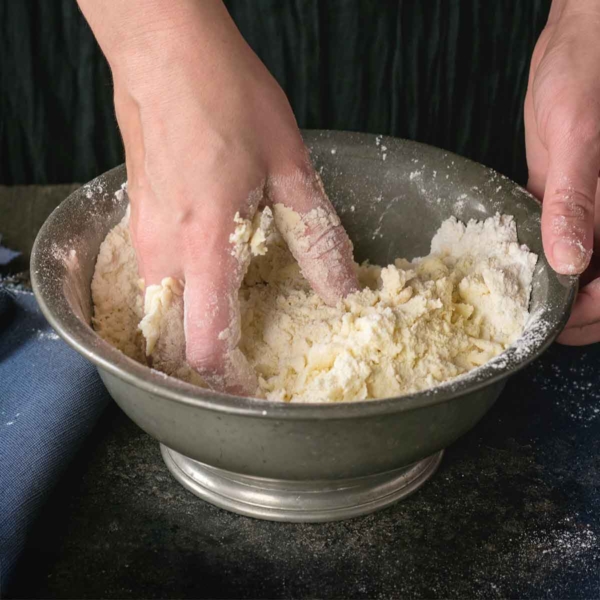
Shortcut Pie Crust
Ingredients
- 1 1/2 cups unbleached all-purpose flour
- 1/4 cup granulated or packed light brown sugar
- 1/2 teaspoon fine sea salt
- 11 tablespoons unsalted butter, melted and cooled to warm (You might not need all the butter.)
Instructions
- In a bowl, whisk together the flour, sugar, and salt. Slowly drizzle in the butter and stir with a fork, just until the mixture looks moist and crumbly. (You may not need all the butter.)
- Press the dough evenly over the bottom and up the sides of a 9-inch pie plate. You can crimp the edges decoratively or leave them rustic.
- Bake the pie crust according to your desired pie recipe. (If the recipe calls for a prebaked pie crust, preheat the oven to 350°F. Line the pie crust with aluminum foil or parchment paper and fill it with dried beans or pie weights, and bake for 15 to 20 minutes. Remove the foil and beans or weights and bake for an additional 5 minutes, or until golden brown. Let cool before filling.)
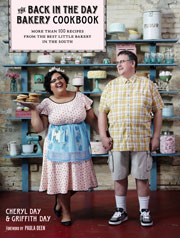
Explore More with AI
Nutrition
Nutrition information is automatically calculated, so should only be used as an approximation.
Recipe Testers’ Reviews
This recipe makes a rich and delicious crust that is reliable no matter the filling. A little disclaimer here is that rather than a pie crust, what you’ll get is more like a shortbread cookie crust. Using melted butter makes a very moist mixture, but I personally think the wet texture makes it easier to press the dough into a pie plate evenly by hand (no cracks!). Pre-baking worked well when I tested it in a sweet potato pie recipe a few years ago. Most recently I filled a raw crust with partially cooked pears for a pear crumb pie. The crust baked beautifully with a golden bottom (20 minutes at 400°F and an additional 45 minutes at 375°F after covering the edges with foil). When serving your pie, you’ll be pleased that the crust slices neatly from the edges to the center.
I’m in love with this piecrust! I don’t have to clear off my very crowded kitchen counter to roll it out; I just toss it into the pan and make it pretty! And it tastes amazing. I don’t have pie weights and it baked up just fine lined with foil. I’m off to find other fillings to use just so I can make it again!
Wow. I loved this recipe for its ease and simplicity. It’s so easy to assemble and certainly withstood a heavy sweet potato custard filling. Of course it’s not light and flaky like a traditional pie crust, but I’d use this recipe in a heartbeat with other custardlike pie fillings.
I made this twice. It’s easy to throw together. The first time I made it with granulated sugar and pressed it into the pie plate. The second time I made it with brown sugar and rolled it out. Both tasted good. Rolling gives a much more even result but requires more flour. The unevenness made it bake unevenly, too. Brown sugar gives the crust an automatic brown look at the prebake stage. It went nicely with the sweet potato pie filling.
This recipe is for a very simple piecrust. It doesn’t require the cold butter or ice water or anxiety over whether the dough is too dry or too wet. Flour, sugar, and salt are combined with melted butter and patted into the pan by hand, so no rolling pin is required.
The option to use granulated sugar or brown sugar is interesting. For testing, I used brown sugar. As I patted the dough into the 9-inch pie pan, my instincts told me that the crust would be too thick but I followed the instructions in the recipe. The dough was easy to work with, and I was able to make a decorative crimp along the edge. I baked the crust for 20 minutes with the weights, and then it took about another 10 to 12 minutes more to get golden brown.
The result was buttery and crunchy like a shortbread-cookie crust. This would work well with sweet fillings, but not with savory fillings. I think the recipe actually makes a bit more dough than is required for a 9-inch piecrust. It’d work in a 10-inch pie pan, maybe even a 9-inch springform pan. Were I to make this again, I’d likely use less if I was making a 9-inch pie.
I’m a bit of a piecrust purist and was shocked at the thought of melting the butter and mixing it all in. I wasn’t sure how this crust would turn out. Overall, it worked well for this pie and the kids all thought it tasted like a sugar cookie. Now I have to figure out how to use it for other types of pie. Also, I’ll have to experiment with making it look prettier.














When I pick metric option, it does not convert 11 T of butter. I can look it up but thought you might like to know.
Jann, thanks for your eagle eye. I changed it. Thanks again!
I want to give this a 5-star and hope I can change it. 11 tablespoons of butter was way too much for 1.5 c flour. and .25 c of sugar. not crumbly but really wet. Also, was not even big enough for my 9in pie plate. what’s wrong with it?
Jill, I’m so sorry you had a problem with the crust. I’ve made it many times and I’ve never had a problem. My guess is the amount of flour or type of flour. May I ask what kind of flour you were using? And what method did you use for measuring the flour?
The quickest fix would be to add more flour, a tablespoon at a time, until it not so wet. Again, I’m so sorry you had a problem.